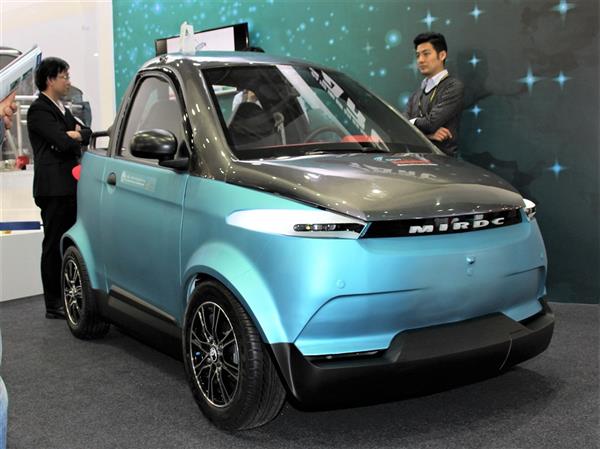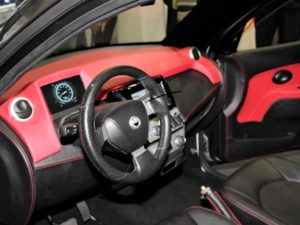The Taiwan Automotive Research Consortium (TARC) unveiled an electric vehicle with 3D printed parts.
Furthermore, the TARC reveals the partnership with China’s National Additive Manufacturing and Innovation Centre concerning 3D printing. The purpose is to implement a platform for the design, research and material development of cars manufactured with new energies.

The 3D Printed PLA electric car’s features
During the manufacturing, makers ensured that the vehicle reduces weight and and provides a more economic level of energy consumption. The car can travel between 60 and 100km with a unique charge. Its maximum output as well as its torque are respectively of 7kW and 44N·m.
 The vehicle is intended for city life, has two seats and dimensions of 2,780mm x 1,440mm x 1,570mm (L x W x H).
The vehicle is intended for city life, has two seats and dimensions of 2,780mm x 1,440mm x 1,570mm (L x W x H).
As far as 3D printing is concerned, 3D printed parts are found in the interior and the main body, made from corn-based PLA plastic. As for doors and operational components, they are made from metal using traditional manufacturing methods.
The electric vehicle was exhibited as part of 21 innovative technologies regarding future car performance. The show also unveils an autonomous vehicle demonstration, sensor systems as well as a developed electric belt starter generator (eBSG) which produces 20% less emissions than a traditional combustion engine.
Last but not least, a partnership is signed between Shanghai International Automobile City, Shanghai Volkswagen and China’s National Additive Manufacturing centre.
Both parties will make effective additive manufacturing for cars, and provide 3D printing services to auto companies in the R&D process.
In a long term perspective, they will build an automobile research institute to strengthen the energy vehicle sector.
//pagead2.googlesyndication.com/pagead/js/adsbygoogle.js
(adsbygoogle = window.adsbygoogle || []).push({});





